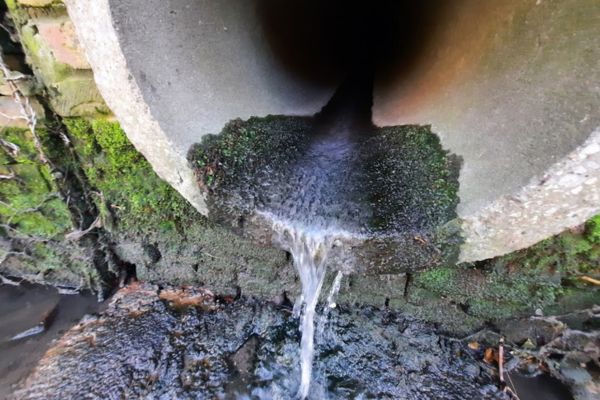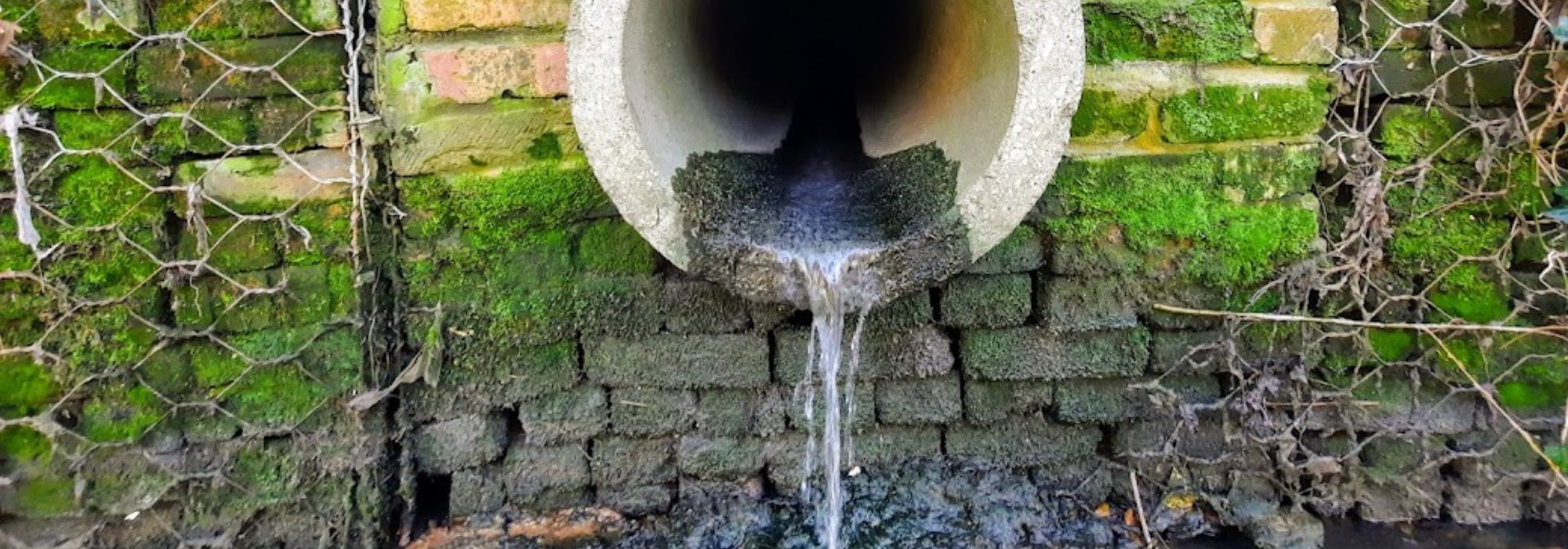Combined sewer overflows, explained

We’ve been bombarded with news about sewage spills in our rivers and beaches lately and more and more people are getting incandescent with rage about the issue. And, rightly so! Even though this is far from being a new problem, it needs to be urgently addressed. Besides being harmful to people’s health, it also damages our natural ecosystems, wildlife and biodiversity.
Let’s just do a brief recap and set this ‘explainer’ in context. England’s rivers are not in a good state. Just 14% are in good ecological condition – and that’s just the ones that are regularly assessed.
There are many reasons for this. They include excessive use of fertiliser and pesticides in agriculture, untreated sewage released by water companies, misconnected drains, road runoff pollution, and illegal waste dumping and littering.
But how does sewage make its way into our waterways and what is a combined sewage overflow?
There are two types of sewage network systems in London: combined and separate.
The combined system carries wastewater flushed from homes and public buildings with the water (surface) that runs off pavements into the same pipe system, which then flows into a sewage treatment plant. In contrast, separate sewerage carries surface run-off and wastewater in two separate pipes.
However, when the combined sewerage system becomes overloaded – because of heavy rainfall for example – water companies are allowed to use sewage overflows to discharge untreated human sewage and wastewater into the environment. Combined sewer overflows, also known as CSOs, have been seen by the water sector as a necessary ‘safety valve’ to prevent sewage backing up and discharging via toilets into peoples’ homes during periods of heavy rainfall.
The problem
The combined sewer system was designed in the Victorian era for a city of four million people, not for the current population of nine million. Even in dry weather, the network is at 80% of its capacity. Heavy rainfall leads to sewage spills into our rivers and coastline, as the system can’t cope with surface water in addition to wastewater. Instead of overflowing into streets and homes, it does so in our waterways.
This is a problem because a cocktail of contaminants such as faecal pathogens, personal care products, microplastics and pharmaceuticals in untreated sewage is discharged into our waterways when you get these sewage spills.
Discharging untreated sewage and wastewater into the environment is only technically allowed in exceptional circumstances. However, this hasn’t stopped water companies from doing it more than 300,000 times in 2022 alone, according to data collected by the Environment Agency. At least 83 bathing water beaches had thousands of hours of raw sewage discharges in the past year. One of England’s most popular beaches, Brighton, saw over 107 hours of untreated waste pumped into its waters.
Some of the worst-affected rivers were the Calder, Severn, and Tamar. No doubt combined sewer overflows contribute, along with chemical and agricultural pollution, to England having only 14% of its rivers in good ecological health, and all of them fail to meet chemical standards, as previously mentioned.
As more of the CSO network has been monitored and better data has become available, it has become clearer that the frequency with which CSOs are now used is unacceptable and is the result of a widespread failure of governance, regulation, and underinvestment in key assets.
What we call on river stakeholders to do and what we do
Water companies must act swiftly to invest in sewerage infrastructure to prevent sewage spills and deliver healthy rivers. Here, at Thames21, we are always having constructive dialogue with water companies about what we need to do with them to improve the River Thames and its tributaries. We also push for change.
All river stakeholders need to look at investing in nature-based solutions such as wetlands or rain gardens. This prevents rainwater from entering the sewage system in the first place and helps to boost biodiversity. Check out some of our river improvement projects here.
Remembering the three Ps is another one. Only poo, pee and paper should be flushed as anything else can lead to blockages and contribute to overspills – even flushable wet wipes! We are collecting data on the problem of wet wipes via our Thames River Watch programme to drive change and lobby our government to ban plastic in wet wipes.
The government needs to appropriately fund and direct the EA to fulfil its duties to monitor and regulate all polluters. It must also ensure that the EA is enabled to take robust enforcement action against those who pollute to incentivise them to invest in good environmental practices.
OFWAT needs to urgently increase the prioritisation of spending for water companies to invest in environmental protection and restoration.
All this must be done in collaboration. We need everybody to commit to this issue properly. These issues will only worsen with climate change, so it is in everyone’s interests to protect the essential river functions that we all depend upon.
This water quality emergency requires all of us to work together in order to protect our rivers.
Last but not least, we need to continue campaigning and demanding effective government action against companies that seem to believe our waterways are extensions of their sewage plants. The environment can’t afford to be neglected anymore. High-quality water is key both to our survival and that of the environment.
Write to your local MPs to demand change and help us to make improvements to your local rivers.
Check out our What’s On page and register for an event near you!
